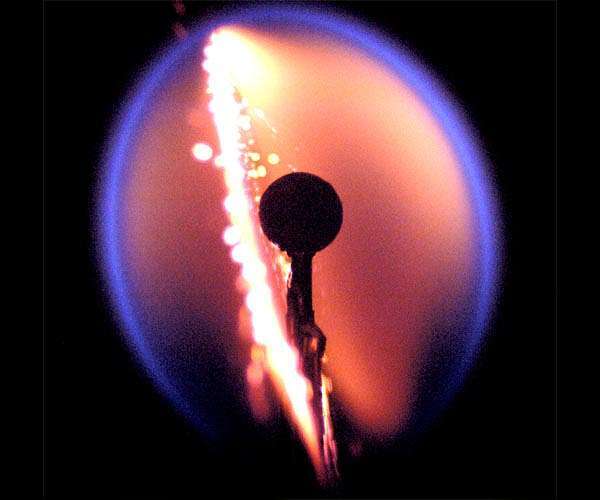25.12.2023

As this plan unfolds, NASA looks forward to sharing further updates, underscoring its commitment to a seamless and effective transition to the new era of space research and exploration.
In a recent development marking a significant shift in space research dynamics, NASA is actively developing a strategy for establishing the next generation of microgravity national labs in a commercial space station environment. This move comes in response to a directive from the National Space Council in September 2022, tasking NASA with crafting a plan for this new era in space research.
Led by the Space Operations Mission Directorate and the Office of Technology, Policy, and Strategy, NASA's initiative is part of a broader effort to adapt to the evolving landscape of low-Earth orbit (LEO) operations post-International Space Station (ISS). The ISS National Laboratory (ISSNL), a pivotal element in this landscape, was established by the NASA Authorization Act of 2005. Managed by the Center for the Advancement of Science in Space (CASIS) in Melbourne, FL, the ISSNL has been a cornerstone for various users, including U.S. government agencies, universities, and commercial entities, in conducting research and STEM activities on the ISS.
The ISSNL model has successfully garnered significant non-NASA interest, leading to over 700 projects, with a substantial portion developed by commercial users. In fiscal year 2023 alone, 35 publications were added to the already impressive tally of 265 since the National Lab began its operations. This model has also facilitated collaborations with other U.S. Government agencies, like the National Science Foundation and the National Institutes of Health, underscoring the lab's role in addressing national research priorities.
Looking ahead, NASA is preparing for the transition from the ISS to Commercial LEO Destinations (CLDs) by the end of the decade. This shift necessitates a transformation from a government-owned platform to commercially-owned platforms, where the government will purchase services. In this context, NASA's Office of Technology, Policy, and Strategy conducted a comprehensive study to explore various models for future operations between a National Laboratory and CLDs.
The study, pivotal in shaping NASA's strategy, explored six potential models varying in the degree of government oversight. These models were assessed across three potential future economy growth scenarios, highlighting their adaptability and scalability. The study concluded that no single model provides a complete strategy, but rather, a combination of these models would be optimal.
Incorporating inputs from the December 2022 White House Office of Science and Technology Policy (OSTP) Request for Information, NASA's strategy focuses on several key objectives. These include maintaining U.S. leadership in space, fostering international cooperation, supporting government-funded scientists and engineers, and creating opportunities for STEM and workforce development. The ideal national lab in this new era will be platform-agnostic, scalable, collaborative, and provide equitable access for all stakeholders.
As NASA continues to refine the details of this post-ISS national lab strategy, several critical issues remain under consideration. These include the management structure of the national lab, the definition of roles and relationships, pathways for international cooperation, proposed changes to NASA's national lab authorization legislation, and the development of a transition strategy to ensure continuity between the ISSNL and the post-ISS national lab.
NASA's commitment to engaging with stakeholders, including other U.S. government agencies, commercial industry, and the user community, is evident as it navigates this complex transition. The goal is to develop a comprehensive strategy that not only maintains but enhances the current capabilities of U.S. government research and technology development in LEO, thereby continuing to improve life on Earth.
Quelle: SD

